International
Dinosaur tail found in Chile stuns scientists
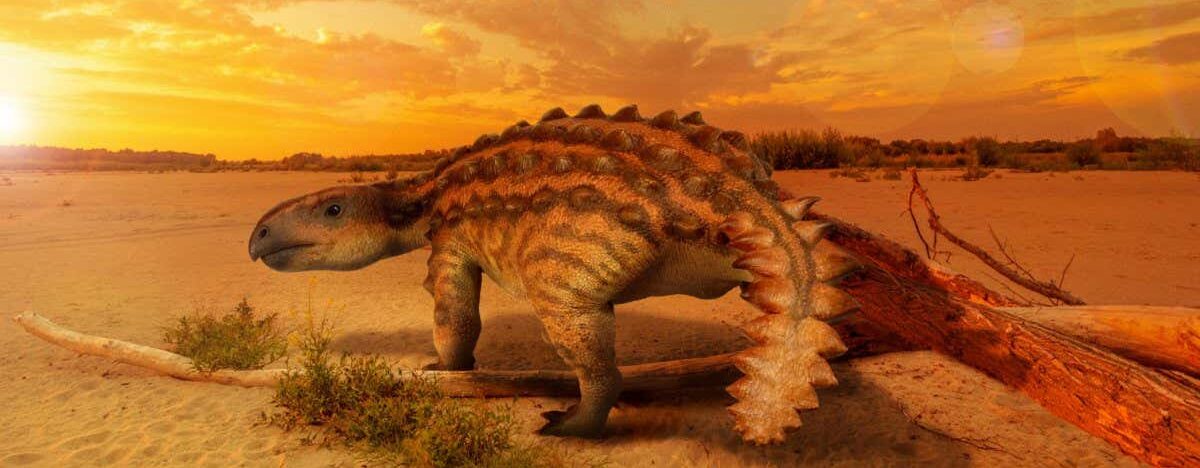
AFP
Chilean paleontologists on Wednesday presented their findings on a dinosaur discovered three years ago in Patagonia which they said had a highly unusual tail that has stumped researchers
The remains of the Stegouros elengassen were discovered during excavations in 2018 at Cerro Guido, a site known to harbor numerous fossils, by a team who believed they were dealing with an already known species of dinosaur until they examined its tail.
“That was the main surprise,” said Alexander Vargas, one of the paleontologists. “This structure is absolutely amazing.”
“The tail was covered with seven pairs of osteoderms … producing a weapon absolutely different from anything we know in any dinosaur,” added the researcher during a presentation of the discovery at the University of Chile.
The osteoderms — structures of bony plaques located in the dermal layers of the skin – were aligned on either side of the tail, making it resemble a large fern.
Paleontologists have discovered 80 percent of the dinosaur’s skeleton and estimate that the animal lived in the area 71 to 74.9 million years ago. It was about two meters (almost seven feet) long, weighed 150 kilograms (330 pounds) and was a herbivore.
According to the scientists, who published their research in the journal Nature, the animal could represent a hitherto unknown lineage of armored dinosaur never seen in the southern hemisphere but already identified in the northern part of the continent.
“We don’t know why (the tail) evolved. We do know that within armored dinosaur groups there seems to be a tendency to independently develop different osteoderm-based defense mechanisms,” said Sergio Soto, another member of the team.
The Cerro Guido area, in the Las Chinas valley 3,000 km (1,800 miles) south of Santiago, stretches for 15 kilometers. Various rock outcrops contain numerous fossils.
The finds there allowed the scientists to surmise that present-day America and Antarctica were close to each other millions of years ago.
“There is strong evidence that there is a biogeographic link with other parts of the planet, in this case Antarctica and Australia, because we have two armored dinosaurs there closely related” to the Stegouros, said Soto.
International
Costa Rica hails appointment of Japan’s first female Prime Minister, Takaichi Sanae
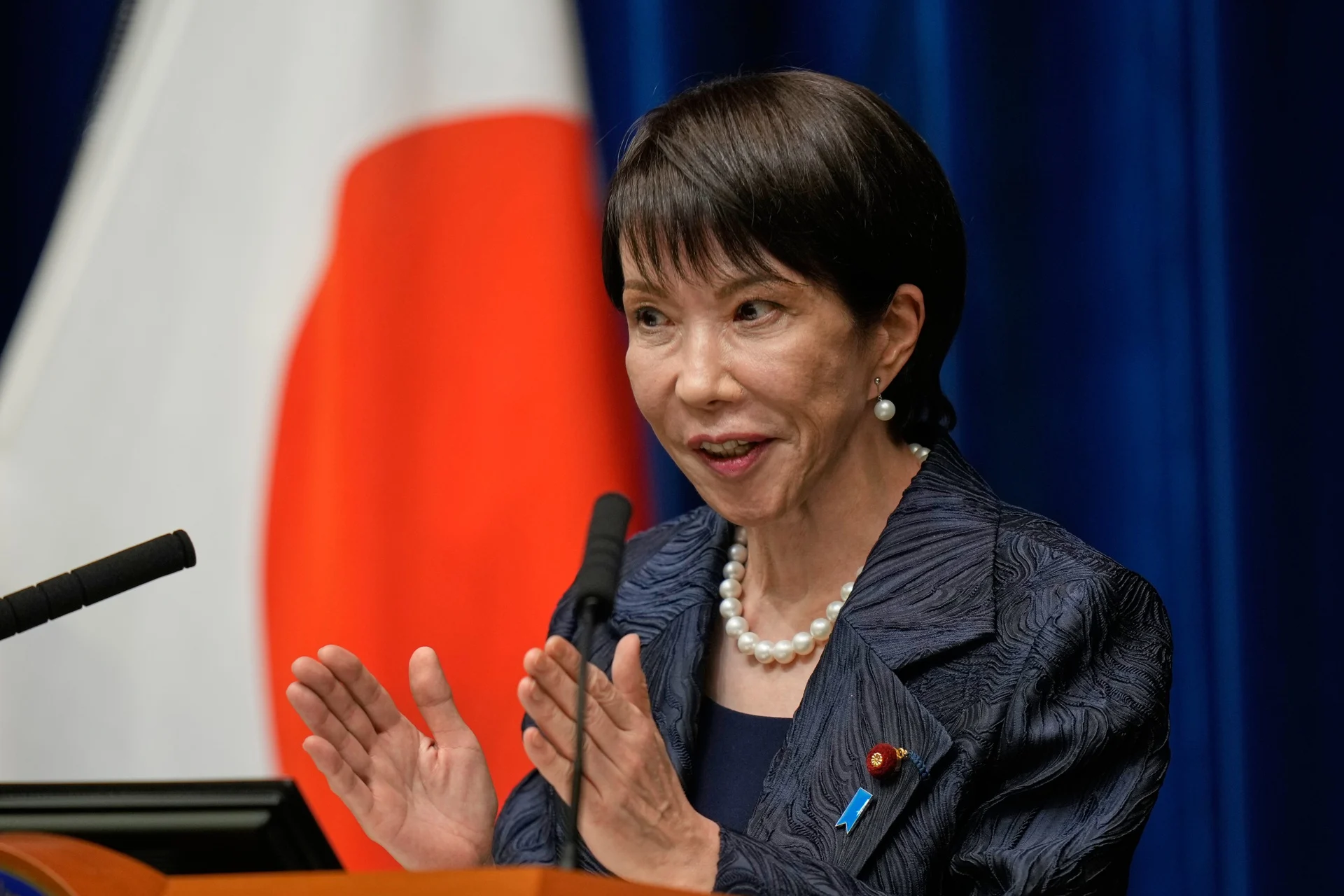
The Government of Costa Rica on Tuesday congratulated Japan on the appointment of Takaichi Sanae as the country’s first female prime minister and reaffirmed its commitment to strengthening bilateral relations in multiple areas.
“The Government of Costa Rica extends its warmest congratulations to the Government and people of Japan on the election of Prime Minister Takaichi Sanae. Costa Rica celebrates this decision, made by the Japanese Parliament, which for the first time places a woman in such a high office,” the Costa Rican Foreign Ministry said in an official statement.
Costa Rica also reiterated its “strong commitment to further strengthening the traditional bonds of friendship and cooperation between both nations,” and to promoting joint initiatives “based on mutual respect, multilateralism, and shared democratic values.”
The statement also conveyed Costa Rica’s “best wishes for success” to Prime Minister Takaichi and expressed its “hopes for the well-being and prosperity of the Japanese people.”
Takaichi officially became Japan’s first female head of government on Tuesday after winning a parliamentary vote to succeed Shigeru Ishiba, who resigned in September following poor electoral results during his little more than a year in office.
International
Colombian court overturns ex-president Uribe’s conviction for witness tampering
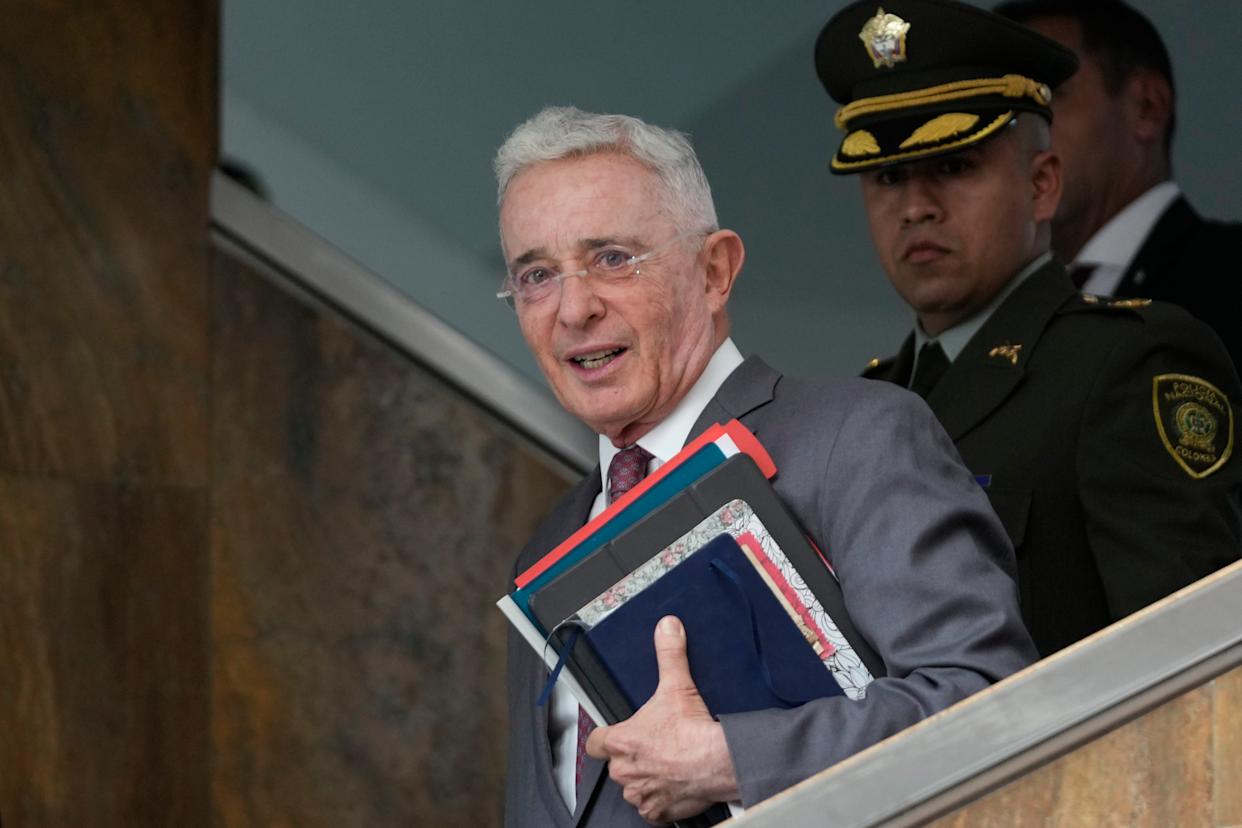
Colombia’s judiciary overturned on Tuesday a conviction against former President Álvaro Uribe for witness tamperingin a case linked to his alleged ties with anti-guerrilla paramilitary groups.
The 73-year-old right-wing leader had become in August the first Colombian ex-president to be criminally convictedand sentenced to 12 years of house arrest for bribery and procedural fraud, following a first-instance ruling that his defense immediately appealed.
However, a judge from the Bogotá Superior Court annulled the conviction, ruling that there was insufficient evidenceto incriminate Uribe. The court also deemed the wiretaps used as evidence illegal and pointed to methodological flaws in the original ruling.
Leftist Senator Iván Cepeda, who filed the complaint against Uribe, announced he will file an appeal in cassation before the Supreme Court of Justice. Speaking at a press conference, Cepeda said he received the decision with “calm and respect,” though he disagreed with it.
After a six-hour reading of the verdict, the hearing concluded with Uribe attending virtually.
Uribe, who governed from 2002 to 2010, spent about 20 days under house arrest before being released on a previous court decision—the same court that has now overturned his conviction.
International
Venezuela accuses U.S. of using anti-drug operations as pretext to target Maduro

Venezuelan Defense Minister Vladimir Padrino criticized on Tuesday what he described as the greater lethality of U.S. anti-drug operations in the Caribbean compared to those in the Pacific, where most drug trafficking routes are concentrated.
Venezuela maintains that the real goal of the U.S. military deployment in the region is to oust President Nicolás Maduro, rather than to combat drug trafficking as claimed by the White House.
Since September, the United States has reported seven attacks in the Caribbean against vessels allegedly linked to Venezuelan drug trafficking. President Donald Trump himself has shared videos of airstrikes on speedboats, with at least 32 people killed in these operations.
“The interdictions carried out in the Pacific do not receive the same treatment as those here in the Caribbean Sea,” Padrino said during a state television broadcast. “What is the real purpose behind this U.S. air and naval deployment in the Caribbean? Is it really about drug trafficking?” he asked.
Venezuelan authorities argue that only 5% of the drugs produced in Colombia leave through Venezuelan territorytoward the Caribbean, claiming that most shipments travel through the Pacific on their way to the United States.
The government also reports an increase in domestic anti-drug operations, showcased by state media, involving the destruction of clandestine airstrips and laboratories, and the seizure of boats, vehicles, and weapons, as well as the shooting down of aircraft allegedly used by traffickers.
On Tuesday, Padrino presented a report on several of these operations alongside the military commanders who led them.
-

 International4 days ago
International4 days agoMillions to join “No Kings” march in U.S. amid Trump’s growing authoritarian backlash
-

 International4 days ago
International4 days agoMaría Corina Machado: “Venezuela is closer than ever to regaining freedom”
-

 Central America5 days ago
Central America5 days agoEnvironmental groups denounce Nicaragua’s mining deals as ‘ecocide’ in protected areas
-

 International1 day ago
International1 day agoTrump warns Hamas that they will be “eradicated” if they break the ceasefire with Israel in Gaza
-
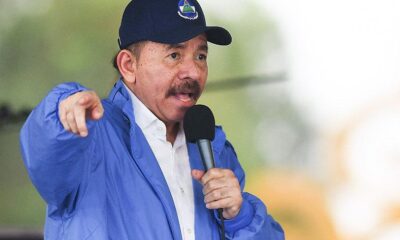
 Central America2 days ago
Central America2 days agoWhite House targets Nicaragua over human rights and labor violations
-

 International3 days ago
International3 days agoU.S.-Colombia Tensions Escalate as Trump Ends Subsidies, Criticizes Petro
-
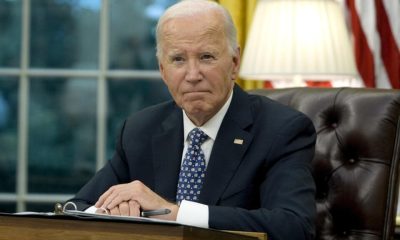
 International2 days ago
International2 days agoJoe Biden finishes prostate cancer radiotherapy at Penn Medicine
-
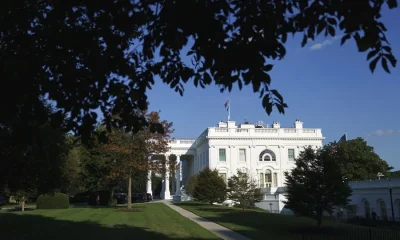
 International1 day ago
International1 day agoThe Chief Builder: Trump and his remodeling of the White House
-
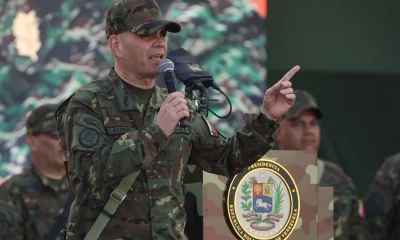
 International23 hours ago
International23 hours agoVenezuela accuses U.S. of using anti-drug operations as pretext to target Maduro
-

 International2 days ago
International2 days agoZelenskyy: Meeting with Trump “Positive” Despite Rejected Missile Request
-

 International1 day ago
International1 day agoTrump assures that Ukraine could still “win” the war
-
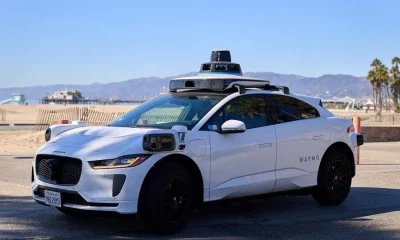
 International1 day ago
International1 day agoThe United States investigates why a Waymo autonomous vehicle did not respect a stop sign
-

 International1 day ago
International1 day agoMexico and the US launch an unprecedented joint border plan to stop arms trafficking
-
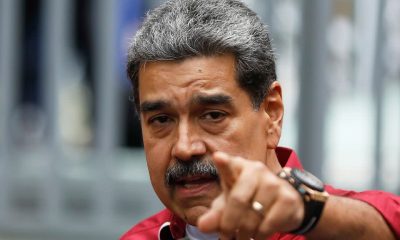
 International2 days ago
International2 days agoTrump says Venezuela is ‘feeling the heat’ amid U.S. anti-drug operations in the Caribbean
-
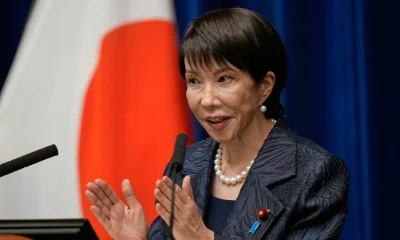
 International22 hours ago
International22 hours agoCosta Rica hails appointment of Japan’s first female Prime Minister, Takaichi Sanae
-

 International22 hours ago
International22 hours agoColombian court overturns ex-president Uribe’s conviction for witness tampering


























